Graduate Recruitment - 7 Marketing Strategies to Increase Enrollment
Topics: Higher Ed Marketing
Posted by: MarketingWhile undergraduate programs have struggled with declining enrollments, the overall graduate recruitment picture is fairly positive. Most institutions are seeing post grad program applications remain constant or even increase somewhat year over year. This is excellent news for universities. There is, however, some cause for concern that this trend will soon change. To overcome a potential enrollment decline, marketing departments must optimize their efforts. Discover seven marketing strategies to increase graduate program enrollment.
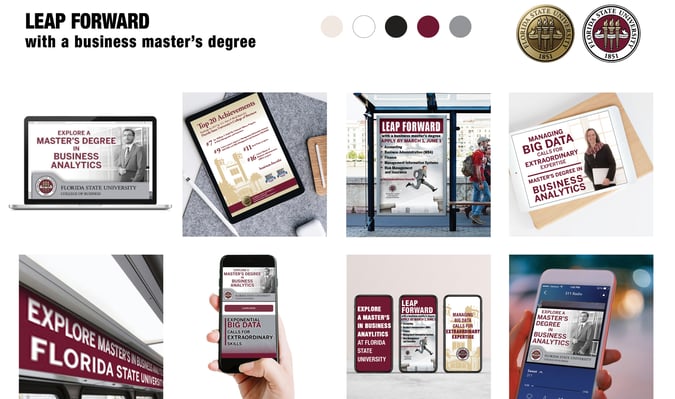
Many of the problems that plague undergraduate application numbers are likely to affect graduate recruitment soon. Post grad programs have proliferated, leading to increased competition for students. Declines in undergraduate enrollment due to shifts in student demographics, pandemic fatigue, financial issues, and low unemployment rates narrow the pool of potential graduate students.
In addition, international enrollment dropped substantially across graduate schools nationally in the past few years, largely due to pandemic related travel restrictions. Thankfully, there are many sound marketing strategies institutions can use to overcome these challenges.
“If you have knowledge, let others light their candles in it.”
– MARGARET FULLER
#1 Develop clear goals and a data-based strategic plan.
Graduate program heads must build their mission, goals, and anticipated student needs into the enrollment process, academic offerings and student support services. In the same way, marketers must consider their goals, assets and challenges and then create a data-backed plan for success.
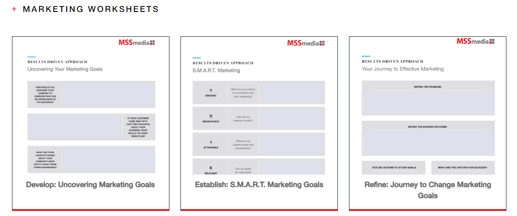
#2 Expand recruitment among students of color and non-traditional students.
A November 2021 report from the Council of Graduate Schools found that applications for graduate school admission rose 7.3% over the previous year in the fall of 2020. Enrollment among students of color increased the most with year-over-year increases of 20.4% among Latinx students, 16% among Black or African American students, and 8.8% among American Indian and Alaska Native students.
This makes sense, as college campuses as a whole are becoming increasingly diverse. In fact, only 55% of current post-secondary school students are Caucasian. Targeting other college demographics is an important way to maximize the return on your campus marketing investment.

Targeting adult learners is another powerful way to recruit graduate students in the current climate. We know the pipeline of 18- to 24-year-old high school graduates is diminishing across the country. Students age 25 and older, however, are a growing college demographic. In fact, the National Center for Education Statistics projects that the gap between the number of adult degree-seekers and traditional students will continue to decrease in coming years.
+ Learn 8 ways to reach adult learners.
#3 Address every stage of the buyer's journey.
To effectively motivate your target audience to act, it’s important to understand their journey from the top of the marketing funnel (awareness), through the middle (consideration), to the bottom (decision/action).
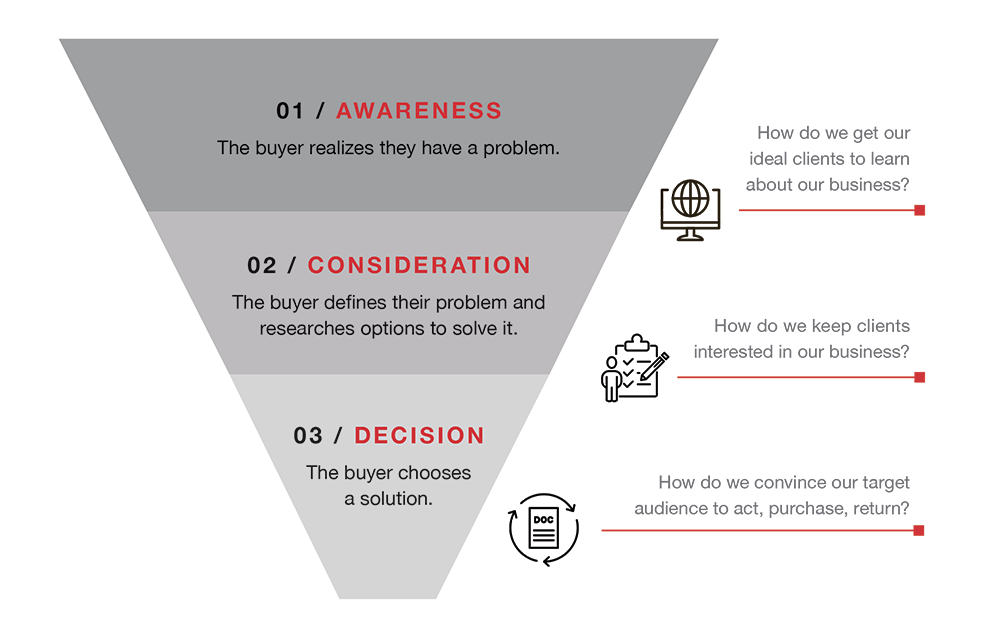
First you must help prospective enrollees understand the benefits of your program. Next you must keep potential students interested in your offerings as they research their options. Provide information on the pros and cons of your solution in comparison to the competition. Offer resources to help them determine which choice is right for them. Finally, you must convince your target audience that your program is right for them. Be prepared to address any questions and concerns.
Throughout the process, follow up with your target audience in a variety of ways (phone calls, email, text, social media). And be sure to survey prospective students who declined an offer. Use this data to inform future recruitment efforts.
#4 Make the most of your messaging.
Graduate recruitment materials and advertising should highlight student accomplishments and alumni outcomes like employment placements, annual salaries and debt-to-income ratios. Share your diversity and inclusion efforts and make it clear that you cultivate a welcoming space for students of color. Detail flexible learning options, like hybrid and online classes.
%20(1).jpg?width=675&height=506&name=Rutgers%20-%20School%20of%20Business%202%202018%20(2)%20(1).jpg)
#5 Use data and technology to your advantage.
Digital marketing strategies offer efficient recruiting techniques with measurable results. Use texts, instant messaging or chatbots to respond to student inquiries quickly. Host virtual tours and online Q&A sessions. Plug prospective student information into a tracking database for future use.
Between GPS-based location data and the user information provided by many apps, digital marketing offers wide scope for personalized ad campaigns. Customized marketing efforts are well known to be highly effective in increasing engagement when set up properly. Use digital advertising feedback to optimize your graduate recruitment campaigns.
Increase enrollment with location specific geo-targeted advertisements.
#6 Build awareness with social media marketing.
Young adults spend an impressive amount of time on social media. Millennials estimate they spend an average of 3.8 hours a day on social media, while Generation Z is spending almost 4.5 hours a day on social.
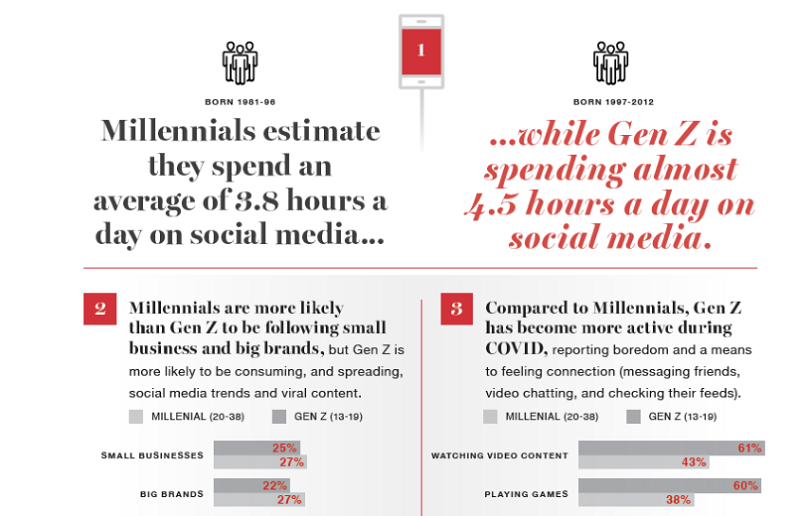
Even graduate institutions with very limited marketing budgets can use these platforms to promote program awareness and drive enrollment. Social media marketing offers opportunities to use paid, earned, shared, and owned media tactics. Integrating these tactics together in a cohesive way extends your reach while each part of your social media marketing campaign amplifies the efforts of the others.
+ See five winning social media marketing strategies to increase college enrollment.
#7 Make the most of your website.
Build an engaging and easy-to-navigate website. Update the resources you share online frequently. Make sure all information is clear and concise. Improve website traffic through search engine optimization.
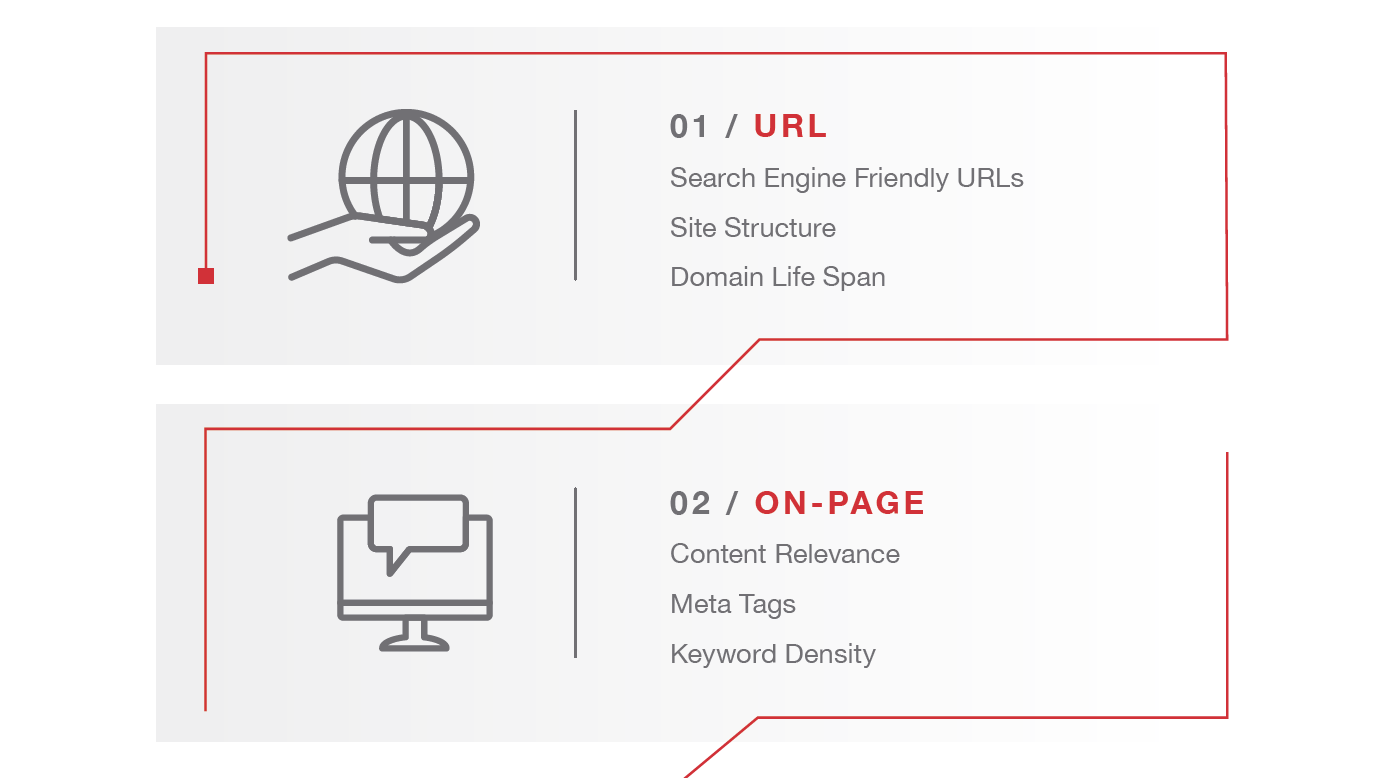
See our complete guide: Recruiting Students – A Marketing Plan to Increase College Enrollment.
Here at MSS Media, Inc., we’ve been providing Education, Government, Real Estate & Lifestyle clients with succinct, optimized, and successful marketing solutions for more than 15 years. Consider MSS Media, Inc. a full-service, one-stop shop for all your Media and Public Relations needs. Your goals are our motivation. And our mission is to propel your message, further and faster, to achieve the outcomes you’re looking for. If you found this blog post helpful, please share!
+ Search
+ BE IN THE KNOW
We deliver the latest media tips + insider marketing advice straight to your inbox.






